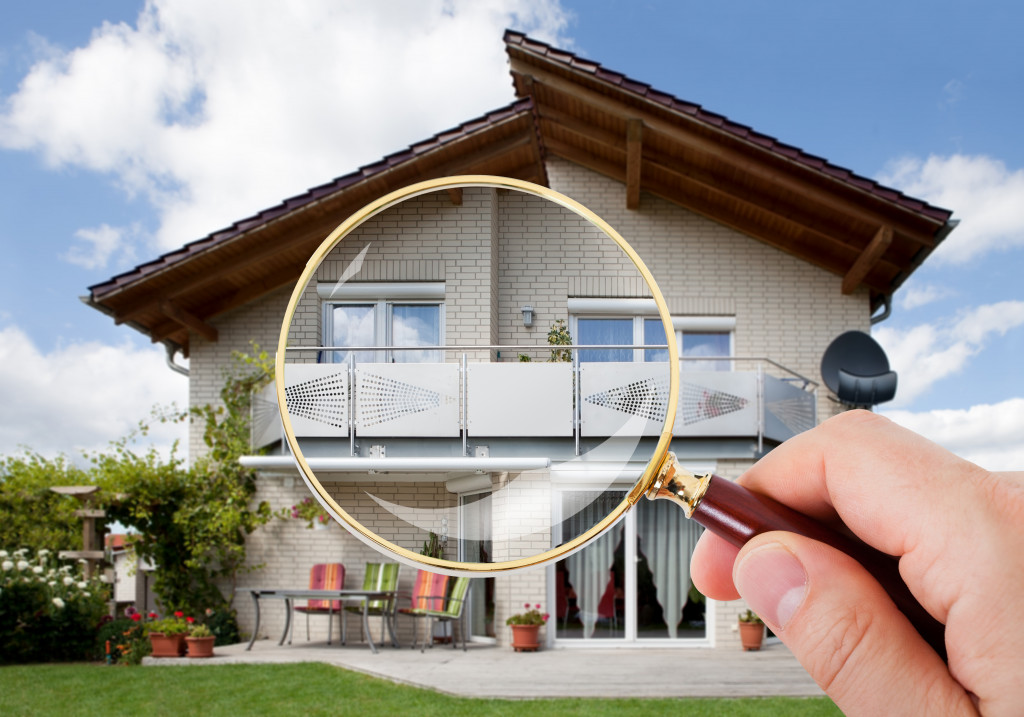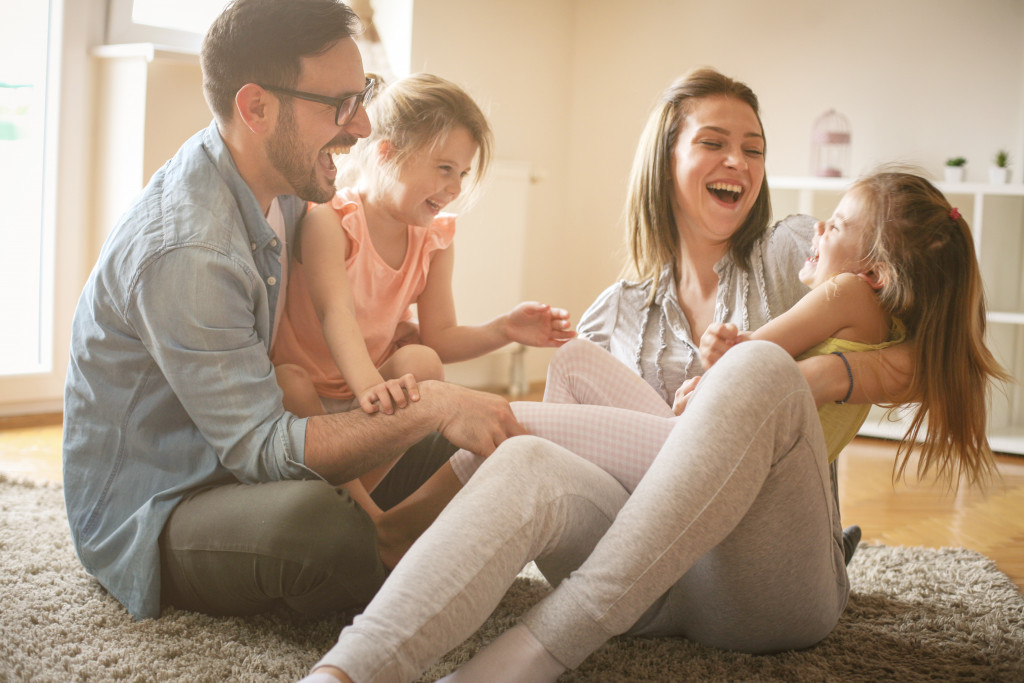Most parents believe that their children’s emotional and intellectual well-being are the most important things. This is since these two aspects essentially shape who your kids become as they grow up. However, physical safety is also essential to a child’s healthy development.
Why Physical Safety Is Vital for Kids
Physical safety is critical for kids because it lays the foundation for their emotional and social development. When children feel physically safe, they can develop a sense of trust and security. This feeling of safety is essential for kids to explore their surroundings and create a positive sense of self.
Creating a physically safe environment for your kids will help them feel secure and grow into confident and independent adults. This will make your kids feel protected and secure, both of which are essential for their emotional well-being. A safe environment also allows children to explore and play without the fear of getting hurt.
Another reason why physical safety should be a priority for every parent is that this can help kids grow into upstanding citizens. By teaching your child about safety precautions and helping them develop healthy habits, you can help them stay safe both now and in the future. They are also more likely to use these learnings to keep others safe, whether at home, school, or work.
According to a study, up to 19.4% of kids feel unsafe at school. This makes them more likely to experience depression and anxiety and show signs of suicidal behaviors. If you can make your kids feel physically safe, especially at home, you can increase their chances of succeeding in all areas of their lives.
Security Measures Parents Can Employ at Home
A child’s physical safety should start at home. This way, they can feel secure in their own environment and carry this feeling wherever they go. You can make your living space a safe haven for your kids with the help of the following tips:
Conduct a Home Safety Audit
First, identify potential hazards in your home. A home safety audit will help you determine which areas need improvement to make your home safer for your kids. This can be anything from loose wires and exposed electrical sockets to broken stairs and toxic chemicals.

Once you’ve identified these hazards, take measures to fix them immediately. Correcting dangers at once also reduces your need to constantly worry about your child’s safety and your tendency to nag them about it.
Invest in a Security System
Installing a home security system is helpful for watching your kids when you can’t be with them. This also enables you to monitor your home remotely, so you can always know what’s happening even when you’re not there.
A home security system typically includes cameras, motion sensor lights, and a security alarm. To secure your home, you can install additional features like window and door sensors. Consult with a company specializing in home security solutions to enjoy the best results. Find one that can offer custom options based on their assessment, has insurance, and offers local monitoring services. This way, you won’t have to worry about your home’s security even when you’re away.
Keep Your Home Well-Lit
Houses with adequate lighting tend to be healthier and safer living spaces for kids. This is because kids are less likely to trip and fall, and there are fewer places for insects and pests to hide. Keeping the house well-lit also reduces your chances of attracting the attention of criminals.
To make your home well-lit, install light fixtures in every room, especially in the hallways, stairwells, and entryways. You can also consider buying motion sensor lights and installing these around the exterior of your house. Motion sensor lights turn on automatically when it detects movement.
Pay Attention to What Your Kids Have To Say
Sometimes, you get too busy trying to make the house and your kid’s environment safe that you tend to ignore what they say. But remember to listen to your child, especially regarding their safety.
Take them seriously if they tell you about someone making them feel unsafe. Ask questions but avoid interrogating them. Give them the reassurance that they did the right thing by telling you and that you will do something about it.
If they’re old enough, involve them in creating a safety plan for the house. This way, they’ll feel empowered and more confident about their ability to keep themselves safe.
Teach Them About Stranger Danger
Don’t forget about teaching your kids about stranger danger. This means teaching them how to identify strangers, what to do when approached by one, and how to get away safely. Doing so will help your kids learn how to protect themselves from potential dangers.
Here are some tips on teaching your kids about stranger danger:
- Explain to them who a stranger is. A stranger is someone they don’t know, even if they seem friendly.
- Teach them what to do when approached by a stranger. They should stay calm and not go near the person. If the stranger tries to grab them, they should scream and run away.
- Practice with them. Have someone play the role of a stranger and have your kid pretend to be walking alone. This will help them become more comfortable with what to do in that situation.
Keep Their Personal Information Private
Sometimes, kids can be too trusting and might give away their personal information to strangers. This can make them vulnerable to identity theft and other crimes. To prevent this, teach your kids to keep their personal information private.
Personal information includes their full name, home address, phone number, parent’s names, and where they go to school. Explain why they need to keep this information to themselves and that they should only give it to people they know and trust.
Making your kids feel safe is crucial for their development and well-being. If you only worry about their intellectual and emotional health, you’re already neglecting a critical part of their safety. To make your kids feel safe, take measures to secure your home. You can always use the list above as your guide in creating a safe home environment for your kids.




